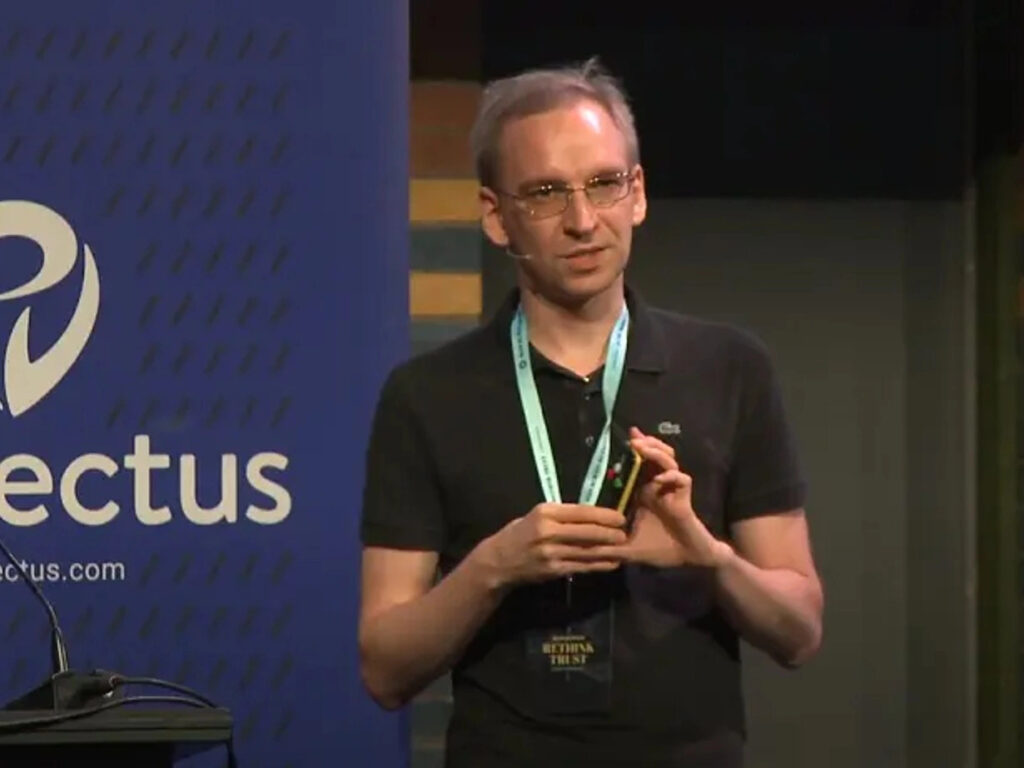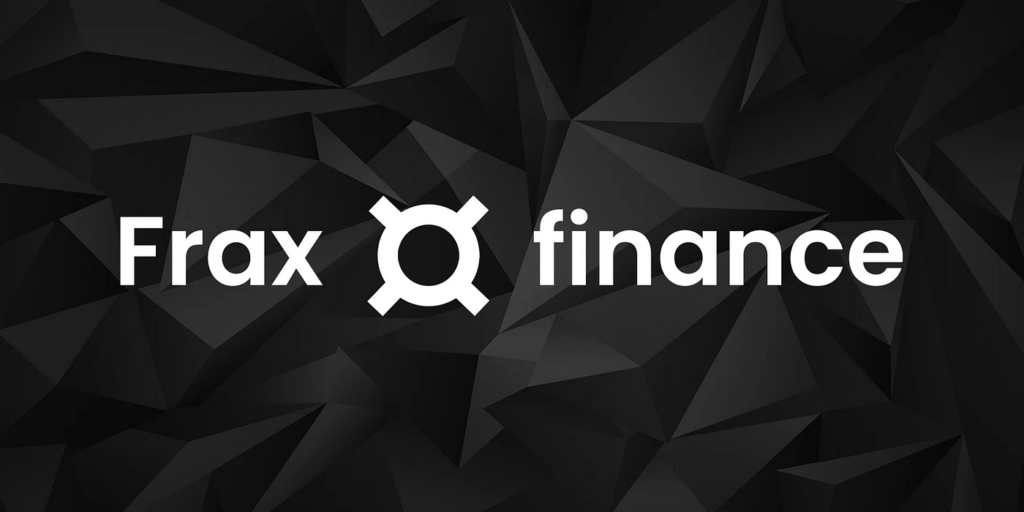The decentralized finance (DeFi) sector has recently been rattled by a significant exploit on the Curve Finance platform, a prominent stablecoin lending protocol. This event has plunged the total value locked in the system and raised serious concerns about the future of Curve and its influence on the broader DeFi landscape.
Curve Finance: A Brief Overview
Curve Finance is a decentralized finance protocol that has gained considerable recognition within the DeFi ecosystem. Its primary focus is on stablecoin lending, allowing users to trade and lend stablecoins directly through its platform. However, recent events have put Curve Finance in the spotlight for all the wrong reasons.
The Exploit: What Happened?
On July 30th, Curve Finance suffered an exploit leading to a significant loss of funds. Several stablecoin pools on the protocol running older versions of the Vyper smart contract language were drained by hackers in a reentrancy attack.
A reentrancy attack happens when a malicious actor repeatedly re-enters a contract, leading to unauthorized actions or theft of funds.
A number of stablepools (alETH/msETH/pETH) using Vyper 0.2.15 have been exploited as a result of a malfunctioning reentrancy lock. We are assessing the situation and will update the community as things develop.
— Curve Finance (@CurveFinance) July 30, 2023
Other pools are safe. https://t.co/eWy2d3cDDj
The exploit led to a substantial loss with initial estimates above $42-$47 million, as reported by blockchain auditing firm BlockSec. The subsequent panic and fallout from this exploit have had far-reaching impacts on the DeFi ecosystem.
The Fallout: Total Value Locked (TVL) and CRV Token
The exploit has sparked a significant decline in the Total Value Locked (TVL) in the entire DeFi ecosystem. The TVL across all DeFi protocols has reportedly dropped by $2.3 billion since the exploit, with Curve Finance witnessing a 44% fall in its TVL to $1.8 billion.
The crisis has also hit the Curve’s native token (CRV). The token has seen a 16% slump, and it is currently down by 96% from its all-time high. These figures underscore the severity of the situation and the potential implications for the broader DeFi ecosystem.
The $100 million Debt: A Ticking Time Bomb

One of the most alarming aspects of this situation is the massive debt accumulated by Curve Finance’s founder, Michael Egorov. With a loan backed by about 47% of the total circulating supply of the protocol’s native token (CRV), Egorov has a staggering $100 million in debt across various lending protocols.
This debt is not just a concern for Egorov himself, but it poses a significant threat to the health of Curve Finance and its users. With CRV’s price dropping, the loan is inching closer to the liquidation threshold. If CRV prices continue to fall and hit this threshold, the protocols would have to liquidate the CRV positions, potentially triggering a massive sell-off.
The Lending Protocols: Aave and Frax Finance
On Aave, one of the most popular DeFi lending platforms, Egorov has a loan backed by 305 million CRV. This loan stands against a 63.2-million Tether (USDT) loan. Should the value of CRV drop by approximately 36%, the loan would be eligible for liquidation.
Egorov also has a loan on Frax Finance, another DeFi lending platform. This loan is backed by 59 million CRV and stands against a 15.8 million Frax (FRAX) debt. The loan on Frax Finance carries significantly more risk due to its time-weighted variable interest rate. With utilization currently at 100%, the interest rate for the loan can double every 12 hours. Consequently, even without a change in the CRV token price, the loan could face potential liquidation due to escalating interest rates.

Egorov’s Response: Lowering the Debt and Utilization Rate
In an attempt to mitigate the risks, Egorov has made moves to reduce the debt and utilization rate on Frax Finance. Over a 36-hour period, he repaid a total of 4 million FRAX. However, this measure has done little to ease the situation, as users quickly withdrew liquidity as soon as repayments were made.
To counteract this, Egorov launched a new pool on Curve Finance to attract liquidity towards the lending market. Within four hours of its launch, the pool had attracted $2 million in liquidity and reduced the utilization rate from 100% to 89%.
The Community’s Response and Industry Repercussions
The situation has sparked a flurry of reactions from the crypto community. While some compare it to the controversial use of FTX tokens as collateral by FTX founder Sam Bankman-Fried, others describe it as a setback for the industry that could deter potential entrants into the DeFi space.
The crisis at Curve Finance could potentially have far-reaching implications for the DeFi ecosystem as a whole. If Egorov’s loans were to be liquidated due to a drop in the value of CRV, it could trigger a cascading effect on other DeFi protocols. This is because many DeFi protocols are interconnected, with CRV being a widely used token for collateral in the DeFi lending market.
The Road Ahead: Uncertainty and Challenges
The future of Curve Finance hangs in the balance as it navigates through the aftermath of the exploit and the looming debt crisis. The protocol’s ability to manage the situation will not only determine its own future but also shape the trajectory of the DeFi ecosystem.
While the DeFi space has been praised for its potential to revolutionize traditional finance, incidents like this highlight the risks and challenges in the sector. It underscores the need for robust security measures, improved smart contract languages, and efficient crisis management strategies. As the situation continues to evolve, it remains to be seen how Curve Finance and the broader DeFi ecosystem will navigate these challenges and what lessons will be learned from this experience.




